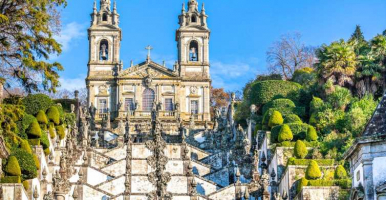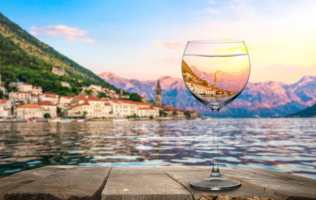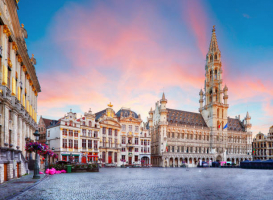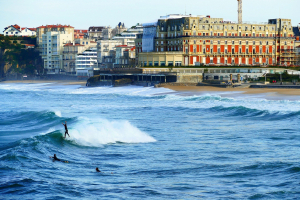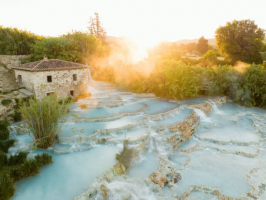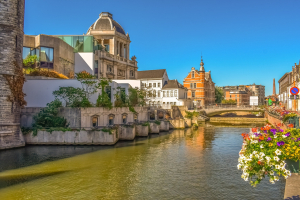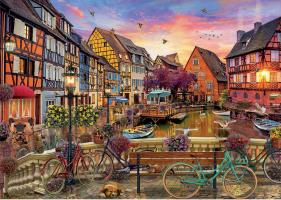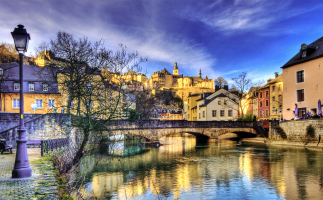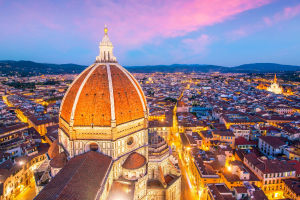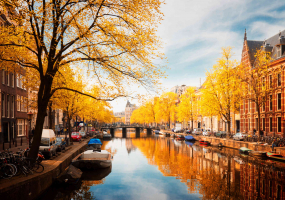Top 15 Best Bird Watching Destinations in Europe
Europe is one of the best places to visit if you enjoy nature and bird watching. Europe has a diverse range of birds due to its diverse landscapes and climate. ... read more...While some are endemic and thus only seen in specific areas, others come to Europe to nest for a season. There is birdlife to be found in every region of Europe, from the high peaks of the Pyrenees in France to the warm archipelago of Greece and the forests of Bulgaria. Read on for more information about bird-watching destinations in Europe.
-
Bird watching in Madeira is the best way to see rare sea and land species in well-preserved and highly respected ecosystems. A memorable encounter with Nature and animal life. Madeira's flora and fauna are among the archipelago's most important and valuable assets. Nature always speaks louder around here, and you can never spend enough time admiring it. One of the methods is to go bird watching.
Several Madeira and Macaronesia endemic species and subspecies contribute to and enrich this ecosystem. Contact one of the companies that organize tours suitable for both beginners and experienced bird watchers to gain access to the best birdwatching spots in Madeira. Bird watching in Madeira is a one-of-a-kind immersion in the archipelago's valuable natural heritage.
In general, the Madeira Archipelago has 43 breeding species, but it also has some regular visitors such as Little and Cattle Egrets, Whimbrel, Dunlin, Turnstone, and occasionally very interesting accidental vagrants such as Laughing Gulls, Spoonbills, and so on. If you want to go birdwatching in Madeira, there is nothing better than visiting its IBAs (Important Bird Areas). There are four IBAs on Madeira Island, all of which are in areas where human occupation is low or in difficult-to-access locations. Three of these are protected areas and are part of Madeira's Natural Park. The Laurel Forest, the Central Mountainous Massif, and Ponta de So Lourenço are all examples of this.
Location: Portugal
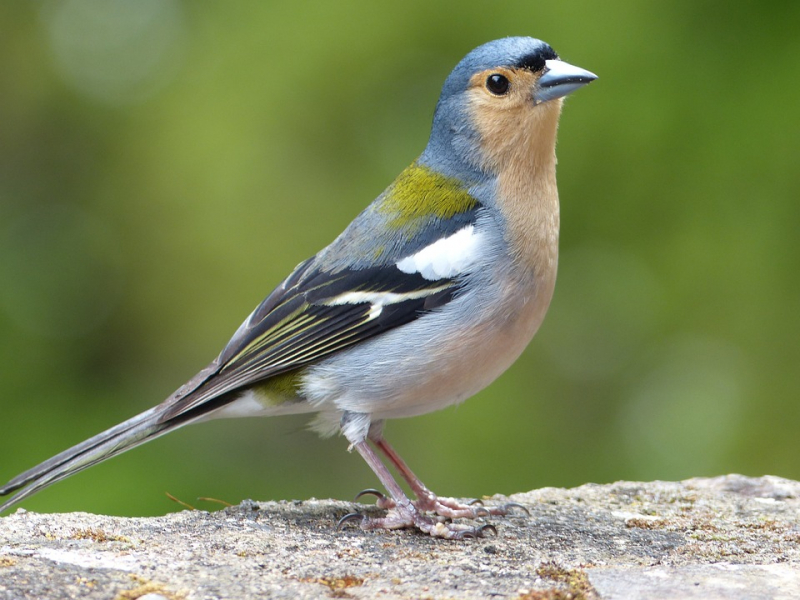
Photo by jovanel on Pixabay 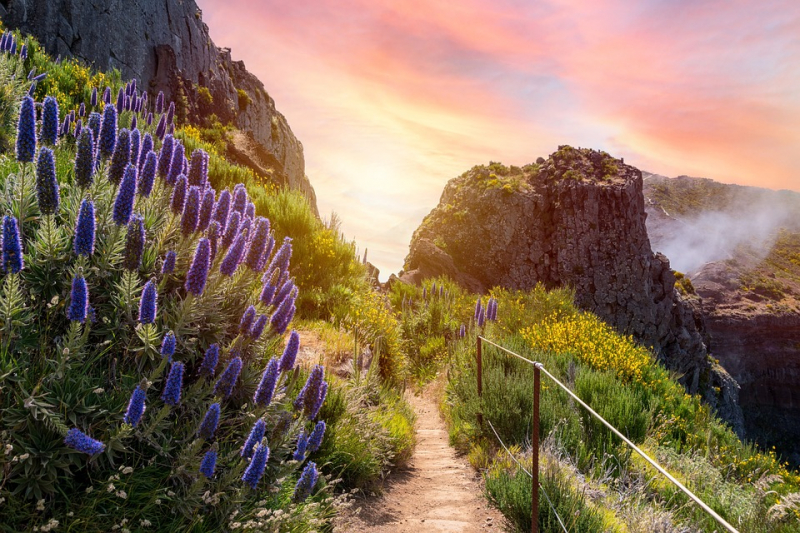
Photo by pixelRaw on Pixabay -
The Isle of May, off Scotland's east coast, is a haven for birds, most notably the adorable and well-known puffin. You can take a boat from the fishing village of Anstruther in Fife's East Neuk to the island for a couple of hours of exploration. As an important National Nature Reserve, it's critical that you stick to the paths that circle the island, as puffins burrow underground to have their babies and can't be disturbed. From April to mid-August, 120,000 puffins call this island home, and you can get close enough to see them in great detail as they cling to the high cliff edges and duck and dive into the sea.
Because the island is only 1.5km long, you will have enough time to walk around it, relax for a bite to eat, and spend time watching and photographing the birds. There are large colonies of shags, guillemots, and razorbills, so your walk around the south of the island will be accompanied by a thunderous chorus of birdsong. On the May Princess, as you approach the island, you will see some of the island's 160 seals. If the seas are calm, the boat will circle the island, allowing you to see the spectacular scenery from the sea.
Location: Scotland
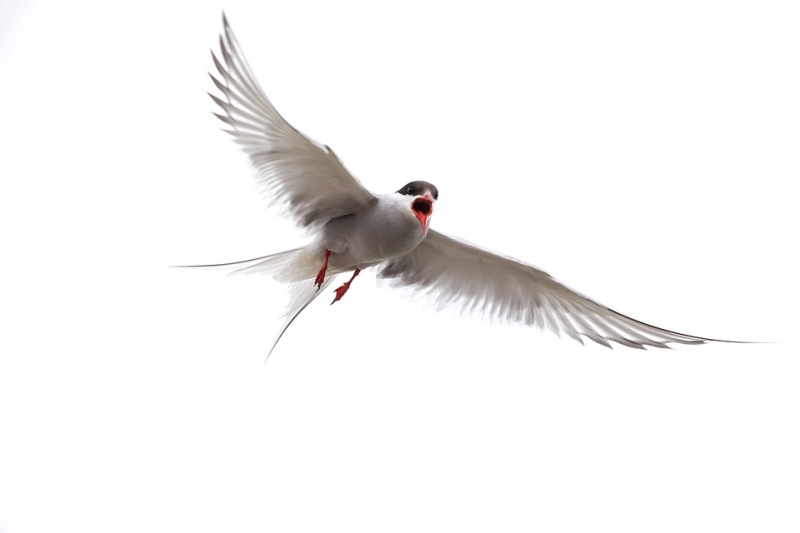
Photo by adriankirby on Pixabay 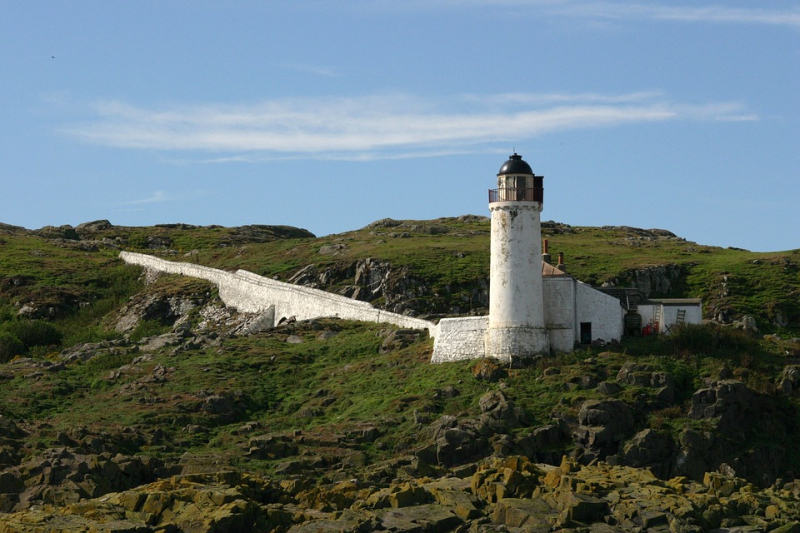
Photo by scotography on Pixabay -
Playa Larga, a small fishing village on Cuba's coast, serves as the entry point to the Cienaga de Zapata National Park. It is a diverse ecosystem of wetlands, mangrove forests, coral reefs, and underwater canyons that is home to a plethora of colorful birds and tropical fish. In addition, unlike most Cuban beach towns, Playa Larga is not surrounded by sterile hotels. Instead, it is the result of local innovation. Residents of Playa Larga have converted their homes into lodging and their terraces into bars, resulting in a more relaxed atmosphere.
The Cienaga de Zapata National Park in Cuba, near Playa Larga, is a nature lover's dream. It has flat swampy grasslands, dense mangrove forests, breathtaking coral reefs, underwater canyons, and vast wetlands. Thousands of flamingos live in this diverse eco-system, but the real draw is the bird watching opportunities. The national park is home to 28 birds that are only found in Cuba. While some are difficult to spot depending on the time of year, it's not uncommon to see at least 10 to 15 colorful feathered creatures.
Playa Larga is a sleepy small fishing town, but boy does it have that laid-back vibe we crave. Aside from the main town, there is also the residential area Caletón, which has transformed into the main tourist hotspot and is most likely where you will be staying. The many colorful guest houses will undoubtedly make you happy!
Location: Cuba
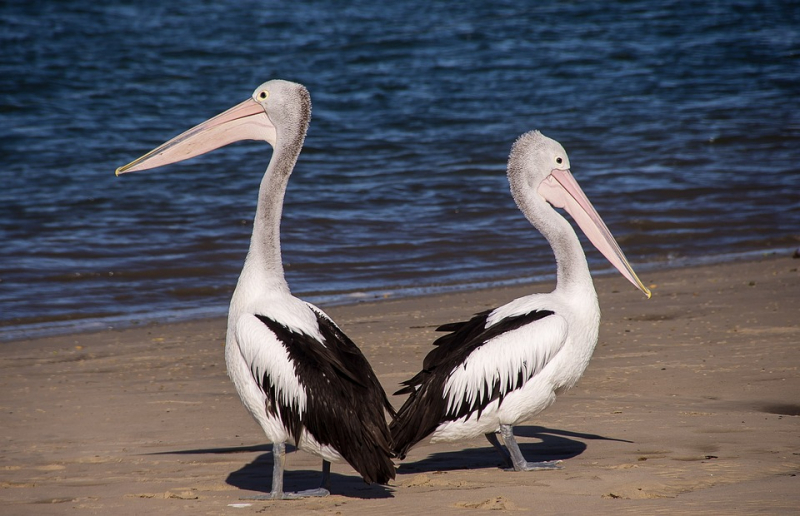
Photo by on sandid Pixabay 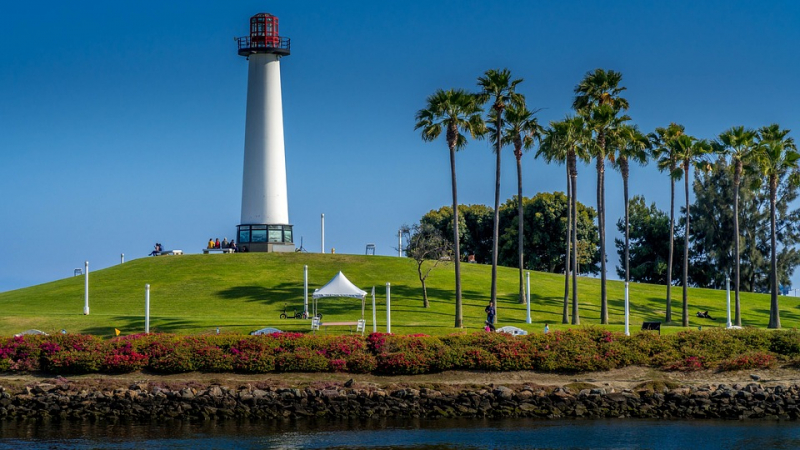
Photo by KCB1805 on Pixabay -
More than two dozen bird species are unique to the Hawaiian Islands. While other parts of the United States have unique bird species, these areas can be quite dispersed. Because of the relatively small square mileage of the islands, you're much more likely to see the area's unique species in Hawaii. Because of this, as well as the rarity of Hawaiian birds and the stunning beauty of the Hawaiian Islands, the state is regarded as a top birding destination.
If you're a realist, you probably won't see all of Hawaii's endemic birds in one trip, but it's still a good idea to plan ahead of time to ensure you see a sufficient number of species. The Big Island, Maui, Oahu, and Kauai are the four islands that most birders visit because they offer the best bird-watching opportunities. Allow plenty of time to visit each island for the best chance of seeing the most unique species. A few days for the two smaller islands and at least three days for the larger two are recommended. This will allow you to cover more ground or make up for lost time due to inclement weather.
In Hawaii, there are numerous excellent bird-watching locations. Three of the four main birding islands have birding-friendly national parks or wildlife refuges. Volcanoes National Park on the Big Island is ideal for almost any outdoor activity, including bird watching. The Koolau Forest Reserve in northern Maui has two excellent birding trails. Oahu has some difficult terrain but also provides excellent opportunities to see a wide variety of species.
Location: US
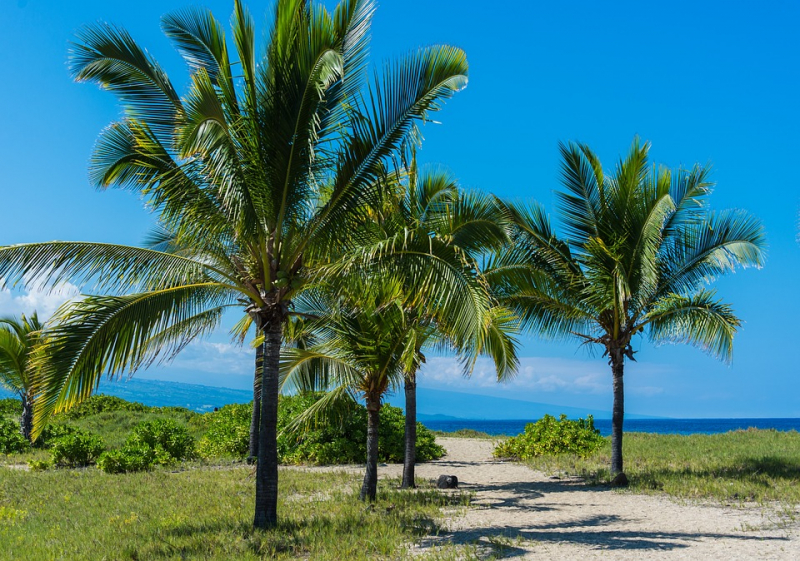
Photo by Actina on Pixabay 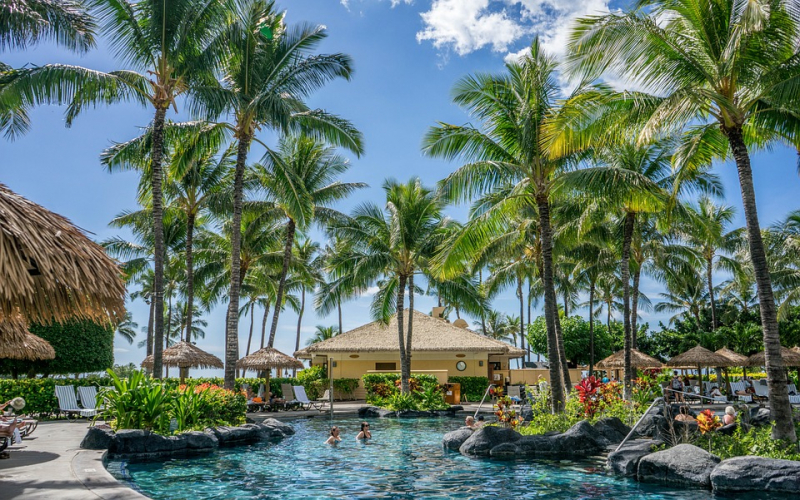
Photo by Michelle_Maria on Pixabay -
The Isle of Mull is a beautiful island located off the west coast of Scotland in the Inner Hebrides, and it is one of Scotland's best bird watching locations. The island has an abundance of wildlife, including White-Tailed Eagles, also known as Sea Eagles, due to the lack of human interference. During the winter, eagles court and build nests. They lay their eggs in March, incubate them for about 40 days, and the young begin to fly after 10 to 12 weeks if the nesting is successful.
The most common mistake visitors make when coming to Scotland to go bird watching is underestimating the sheer size of the landscape. The Isle of Skye, for example, has over 1000 miles of coastline, while the Isle of Mull has nearly 300 miles of coastline, all of it rugged, rocky, frequently wet and sometimes dry! You'll also get a "feel" for the landscape in that area, and you might get some tips from locals on what's nearby. Wildlife tour operators in Scotland are very approachable, so if you come across one of their trips, don't be afraid to ask for their advice.
Sightings during the breeding season differ greatly from those in the autumn or winter. Waders, for example, are highly territorial in the spring and summer but extremely sociable in the winter. A Golden Plover will nest on remote and bleak moorland, but outside of the breeding season, they can be found in large flocks in a field near a road. In terms of binoculars and possibly telescopes. It is a very large country here, and a telescope will come in handy. Binoculars are "essential" whether you are a birdwatcher or not. If you join one of Scotland's land-based wildlife tours, you will most likely be provided with binoculars for the day, but many sea trips do not; remember, there is always the possibility of seeing that distant whale. Binoculars are useful for spotting seabird colonies or dolphins offshore. If you don't have your binoculars with you, that sitting Eagle on a mountainside can drive you potty.
Location: Scotland
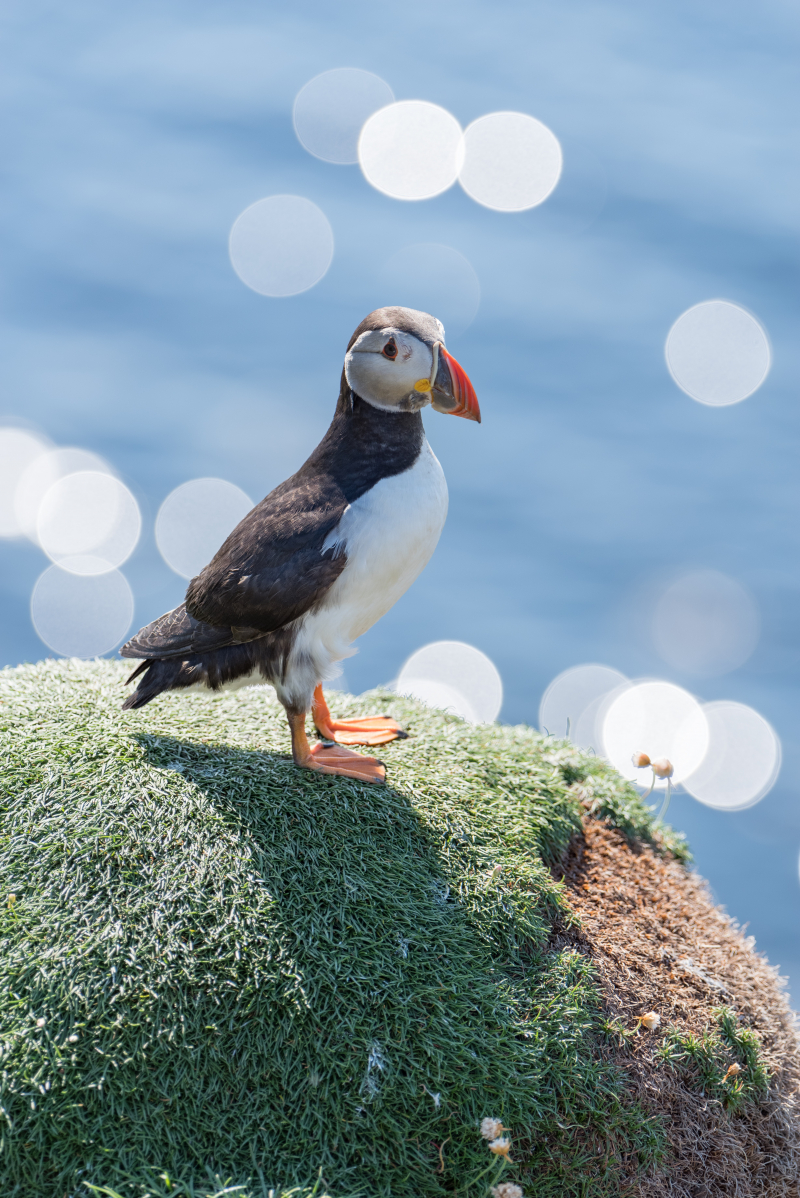
Photo by M. Zonderling on Unsplash 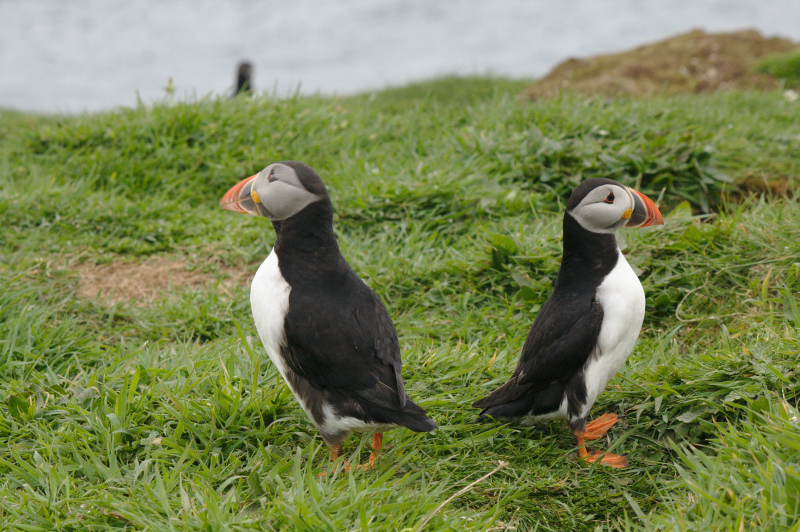
Photo by David Makin on Unsplash -
One of the reasons tourists visit the Ngorongoro Conservation Area is to see the Ngorongoro Crater Birds. Bird watching in Ngorongoro Crater is the most well-planned safari activity so that visitors have the best safari experience and bird lovers have the most interesting safari experience. It is reported that the crater has more than 500 resident bird species roaming the conservation area that travelers can see while on the number of activities in Ngorongoro Crater Tanzania. These species of birds can be easily seen not only in the highlights but also enjoy the crater floor and the area of the Ngorongoro Conservation Area. This is extremely interesting.
Transient species visit the Ngorongoro Conservation Area every year, in addition to the resident birds of the Ngorongoro Crater. Transitory birds travel as far as they can from Europe and Asia during the long stretches of September to April, which are considered the best months for birding safaris in Tanzania. The Ngorongoro Crater is home to a variety of migratory birds, including the Lesser Kestrel, European Swallow, European Bee-eater, Northern Wheatear, Palled Harrier, Caspian Lapwing, Montagu's Harrier, and European Roller. The Ngorongoro Conservation Area is a birder's paradise, with over 500 different species to see on Tanzania birding safaris. There are more than 30,000 animals in this relatively small area and it almost feels unreal – like a natural zoo – although all of the animals are free to go and come as they want. However, they stay in the crater because it has everything they need: water and an endless supply of food.
Location: Tanzania
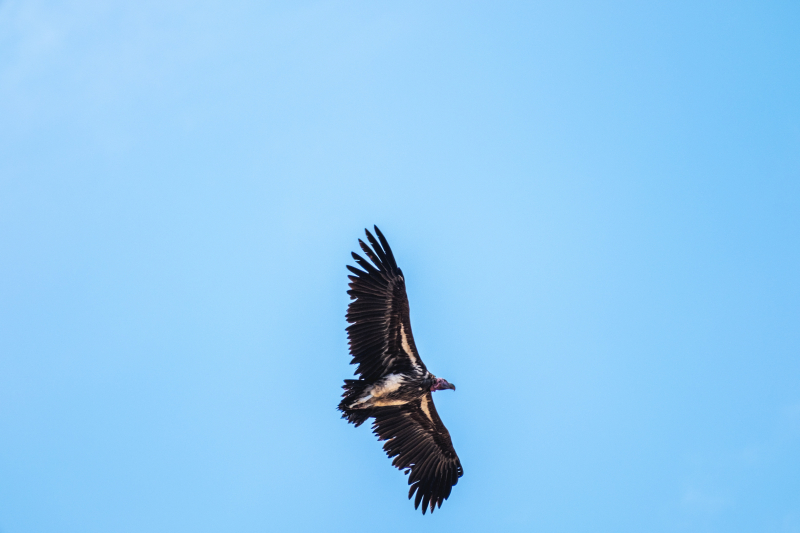
Photo by Audric Wonkam on Unsplash 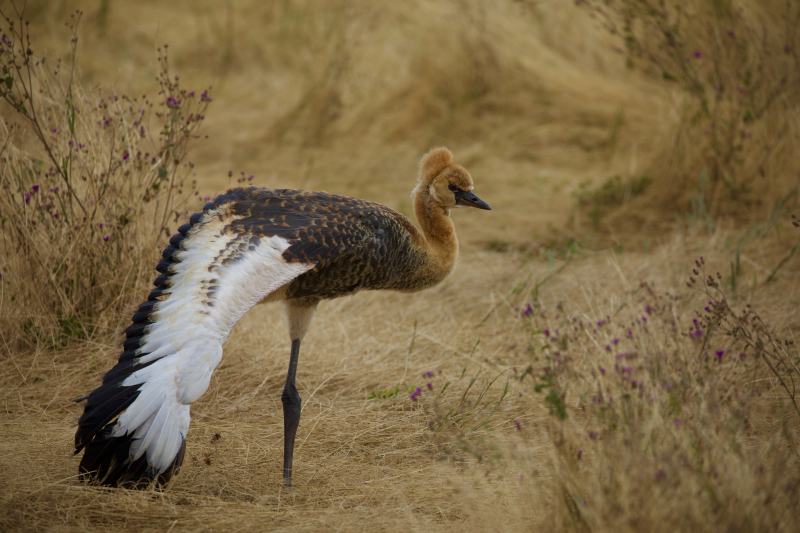
Photo by Magdalena Kula Manchee on Unsplash -
Silver Springs, the world's largest artisan spring by volume, is located deep in the wilds of central Florida. Every day, the springs release over 2,080,000 cubic meters of crystal-clear water. There have been enough movies filmed there that you've almost certainly seen ones like the black and white Tarzan films or Creature from the Black Lagoon. Many people come here to take glass bottom boat tours, but we prefer to paddle. Kayaking Silver Springs allows you to explore this amazing habitat and immerse yourself in nature.
The first mile of the spring run is crystal clear, making it ideal for seeing manatees. Wild monkeys swing through the cypress swamp a little further downstream (they were brought in for an animal attraction in the 30s). Cormorants drying their feathers in the sun and white ibis resting on the branches can be found all along the river. On the banks, you're likely to see an alligator or two, as well as more turtles than you can count. It's only a 5 1/2-mile paddle, but you feel transported to another world where beauty and nature take precedence over concrete and automobiles.
Silver Springs State Park, located in north central Florida, just east of Ocala, has been a natural landmark destination since the 1870s. The 4,000-acre Silver Springs State Park includes not only the springs, but also the Silver River and surrounding sandhill forest. Explore the historic structures and serene gardens that surround the main spring, which serve as reminders of the park's past history as a major tourist attraction.
Location: Florida
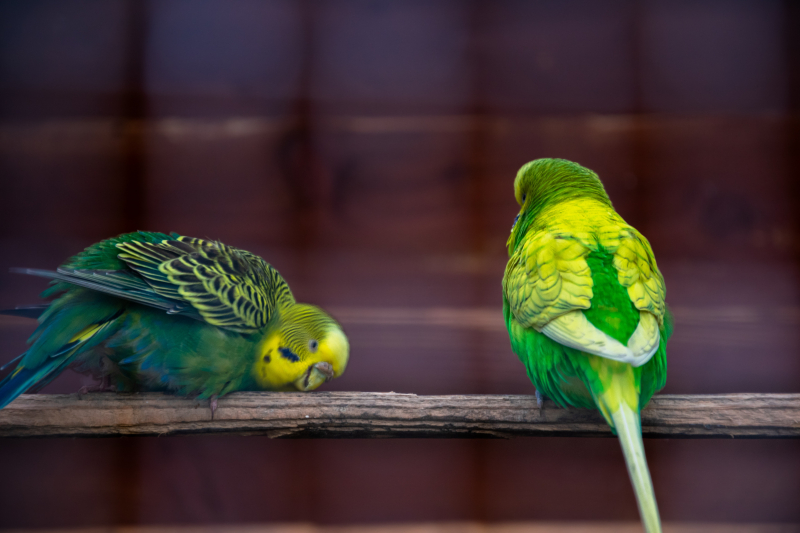
Photo by Joseph Sharp on Unsplash 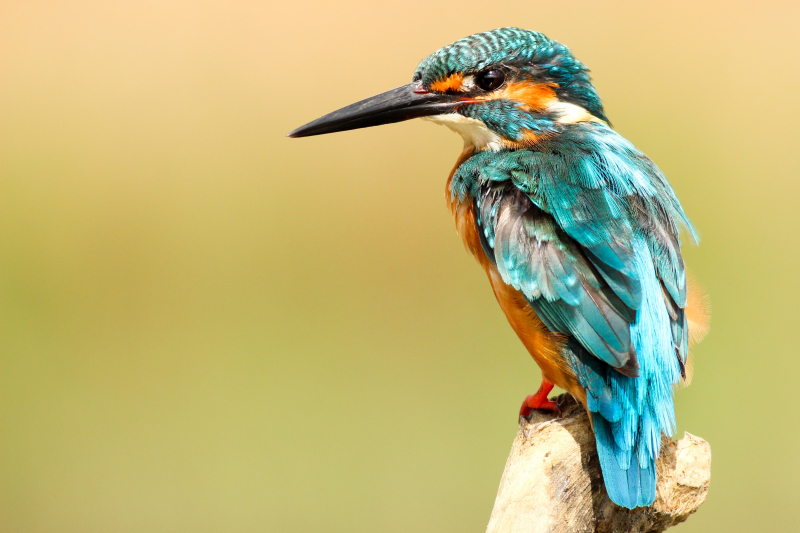
Photo by Boris Smokrovic on Unsplash -
Extremadura is still one of the richest regions in Europe. Of course, this place expresses wealth not in monetary terms, but in terms of a healthy environment, traditions, gastronomy, and cultural and historical heritage. A land waiting to be discovered with huge and extremely important bird populations and an incredible variety of species, combining features of Andaluca and the two Castillas regions in Spain with the Alentejo region in Portugal. Extremadura and its wild and unspoiled nature cover 41,602 square kilometers of the Iberian Peninsula's surface, with over 30,000 square kilometers designated as IBAs (Important Bird Areas). More than 75% of the land.
Except for coastline and seashores, Extremadura has almost all of the ecosystems found in the Iberian Peninsula. High mountain ranges with elevations above 8,000 feet, highlands, rice fields, vast steppe areas, isolated relict Mediterranean jungles, and the world's largest Cork forests. From north to south, or east to west, you will discover one of Europe's richest birding areas. Thousands of Common Cranes and raptors are aware of it, returning year after year to overwinter or breed.
Extremadura's vast grassy plains and wide-open steppes have some of the most breathtaking scenery. These seemingly dead lands support Europe's most important breeding populations of Little and Great Bustards, as well as the unforgettable silhouettes of Montagu's Harriers, Lesser Kestrels, and hundreds of Collared Pranticoles, Black-bellied and Pin-tailed Sandgrouse.
Location: Spain
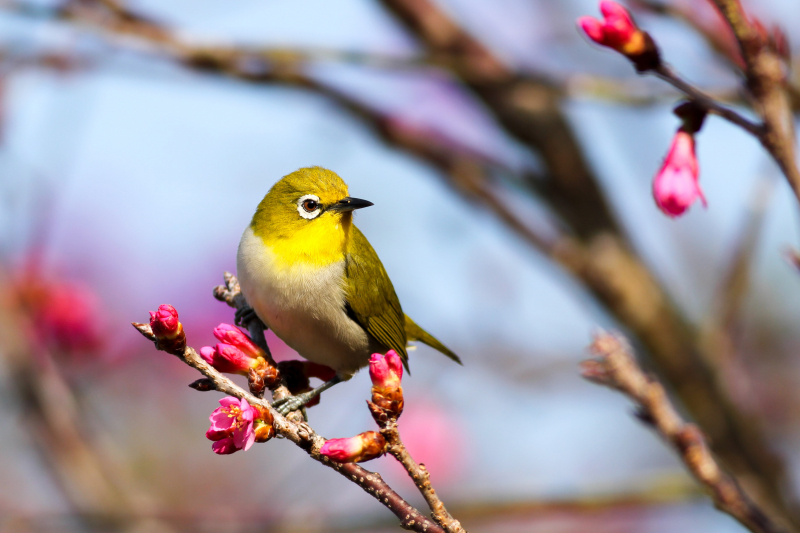
Photo by Boris Smokrovic on Unsplash 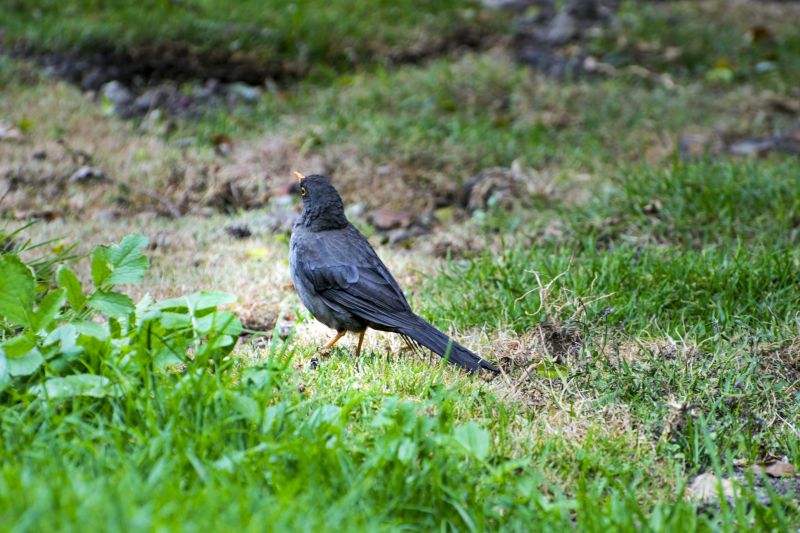
Photo by Yaneth Garzon on Unsplash -
The Alentejo, one of Portugal's most beautiful regions, is a bird watcher's paradise with its unspoiled beaches and nature. A clear landscape, great visibility, all the ingredients are present for a perfect bird observation in this stunning region of Portugal. The best places for bird watching in this region include Castro Verde, Mértola, Sado Estuary, and Guadiana Valley.
The Alentejo's diverse habitats provide a never-ending spectacle for bird watchers. Popular ornithological destinations include the protected Castro Verde, which is home to Europe's largest flying bird, the great bustard. Many raptors (including the massive black vulture) patrol the vast open landscape, which is smothered in wildflowers in spring. The Vale do Guadiana Natural Park around Mértola is hot and dry to the east, providing a haven for rare golden eagles and eagle owls. Over 250 species can be found on the Sado estuary all year. And the lagoons of Santo André and da Sancha are highly regarded reserves, with spectacular birdlife in spectacular wetland settings.
Alentejo Birdwatching provides guided bird tours, trips, and lodging in Portugal's Alentejo region. Birdwatching Alentejo combines 6 different biotopes into a single birding vacation. They have steppes, a beach, lagoons, forests, cliffs, and an estuary all within a one-hour drive. This ensures a large number and variety of birds.
Location: Portugal
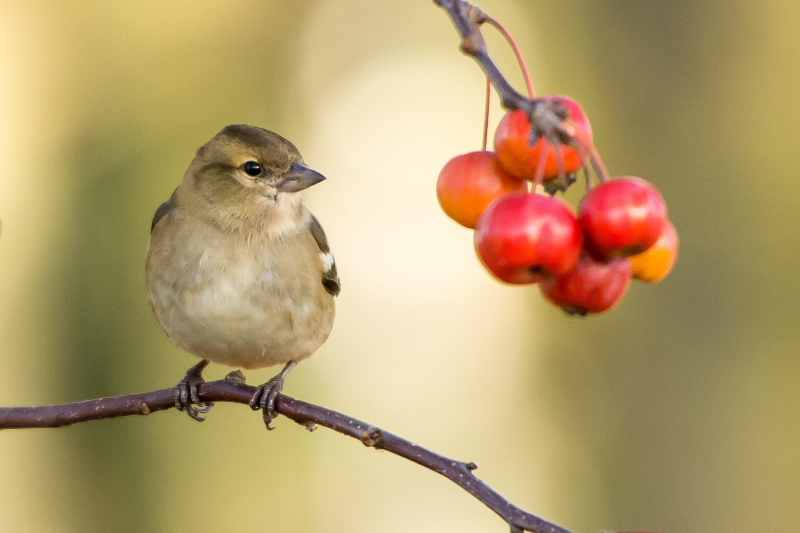
Photo by Vincent van Zalinge on Unsplash 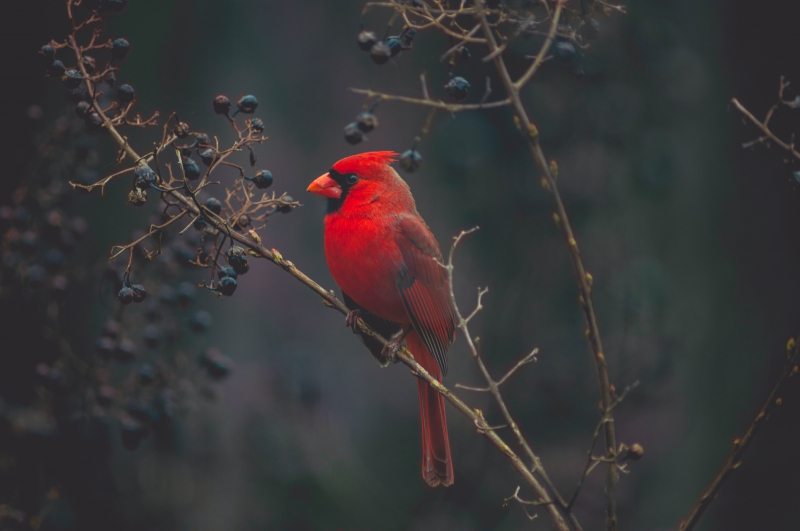
Photo by Timothy Dykes on Unsplash -
Mindo is a small town in Ecuador's cloud forest, and birdwatching is one of the best things to do in Mindo. Ecuador is also a great place to go bird watching. The forest's diverse and rich ecosystems are unique, and with over 500 species of birds recorded here, it's a birdwatcher's paradise. Six times, the area has won the prestigious Audubon Society's annual Christmas Count, with more species recorded in 24 hours than anywhere else on the planet. Furthermore, Mindo is recognized as an important area by the International Bird Organization due to the diversity of species and the threat to their environment.
There are trails for everyone, whether you're a serious birdwatcher, an avid enthusiast, or a complete novice. The hummingbird is the most common species seen in town. There are 152 species of hummingbirds in Ecuador, and while you won't see them all, you will undoubtedly see them. Their bright blue, green, and purple feathers glisten in the sunlight, and they're a joy to watch as they dart around. Many of the cafes in town have feeders, which frequently catch you off guard. It is best to hire a guide if you want to see more specific bird species. There are numerous tours available in the area, and guides will accommodate special interests.
The majority of birdwatching tours begin at 6 a.m. and include visits to private reserves, which incur additional fees. Cock of the Rock Leks' displays are spectacular and a popular tourist attraction. Toucans, tanagers, flycatchers, motmots, and woodpeckers can be seen on many of the walking trails. Some of the best birdwatching trails can be found at Bellavista, Milpe Lodge, and Yellow Trails Lodge. The El Edén treehouse guesthouse is worth a visit for excellent close-up encounters. The owner has created a tropical oasis in his garden and runs a small cafe. You can get some great photos of hummingbirds, toucans, and other Mindo birds if you have plenty of bird feeders to attract the local species.
Location: Ecuador
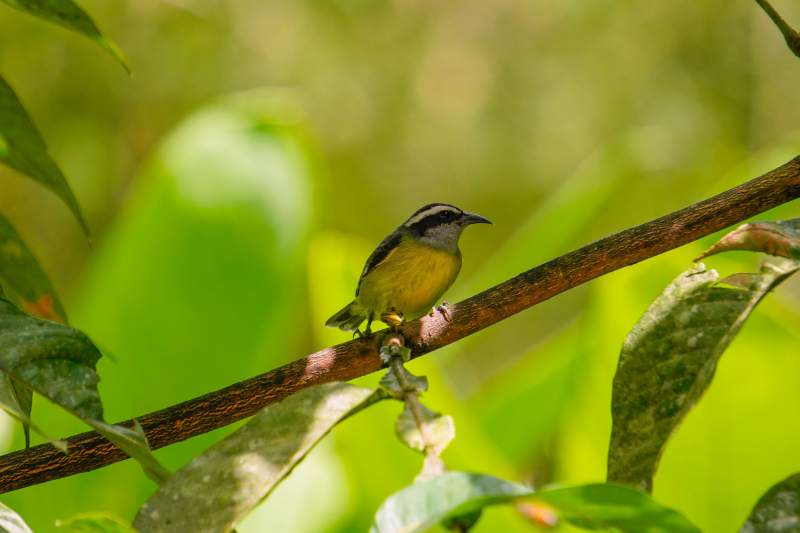
Photo by Caterina sanders on Unsplash 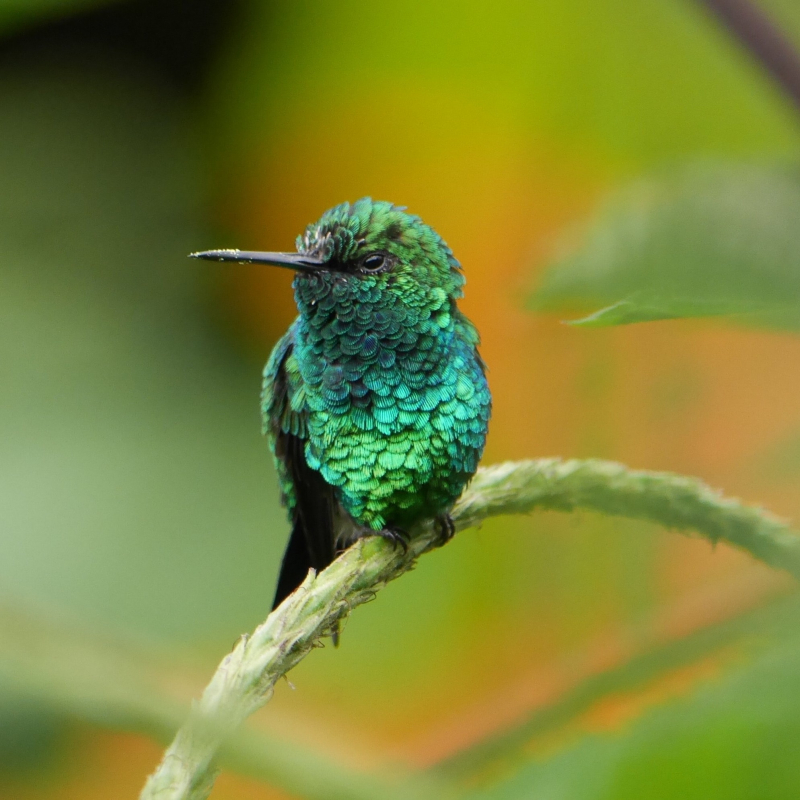
Photo by Kiyoshi on Unsplash -
It is situated in southwest Florida. Sanibel Island is well-known for a variety of reasons. Its beautiful beaches are lined with millions of seashells, making it widely regarded as one of the best places in the world for shell hunting. Sanibel Island Lighthouse, built in 1884, is on the National Register of Historic Places. Most importantly, in the 1970s, the City of Sanibel enacted development restrictions that continue to protect the barrier island today. There are no buildings taller than the trees, no chain restaurants other than the two that existed before the law was passed, and wildlife refuges cover nearly two-thirds of the island's 33.25 square miles.
J.N. Ding Darling National Wildlife Refuge is by far the most well-known and largest of these, encompassing approximately 5,200 acres and containing one of the country's largest undeveloped mangrove ecosystems. The refuge was named after Jay Norwood "Ding" Darling, a Pulitzer Prize-winning political cartoonist and conservative activist. He established the Federal Duck Stamp Program and designed the first stamp; was appointed by President Franklin D. Roosevelt to lead the United States Biological Survey (now known as the United States Fish and Wildlife Service); founded the National Wildlife Federation; and emphasized the importance of establishing an organized network of nature sanctuaries, which is now known as the National Wildlife Refuge System. Ding was an avid birdwatcher, and the refuge named after him is a world-class destination for birdwatching.
Hiking, biking, or driving the five-mile road that winds through the refuge is a must, revealing an amazing array of birds such as numerous herons, egrets, anhingas, cormorants, osprey, and the fluorescent pink roseate spoonbills. One of our favorite activities is watching these flocks feast among the refuge's waters at sunset, when the stunning colors reflected in the shallow waters create picturesque moments of reverie and wonder. After nearly 20 trips to the area over the last 25 years, visiting the refuge is among our family's top Sanibel Island activities.
Location: Florida
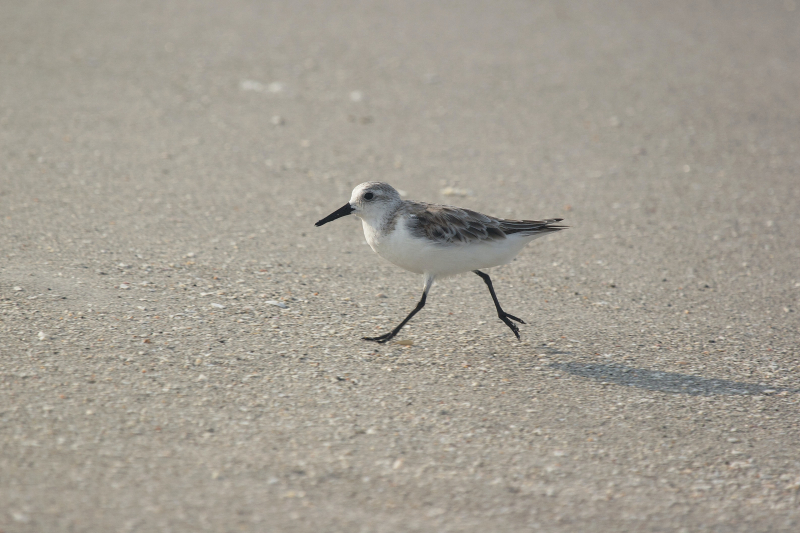
Photo by George White on Unsplash 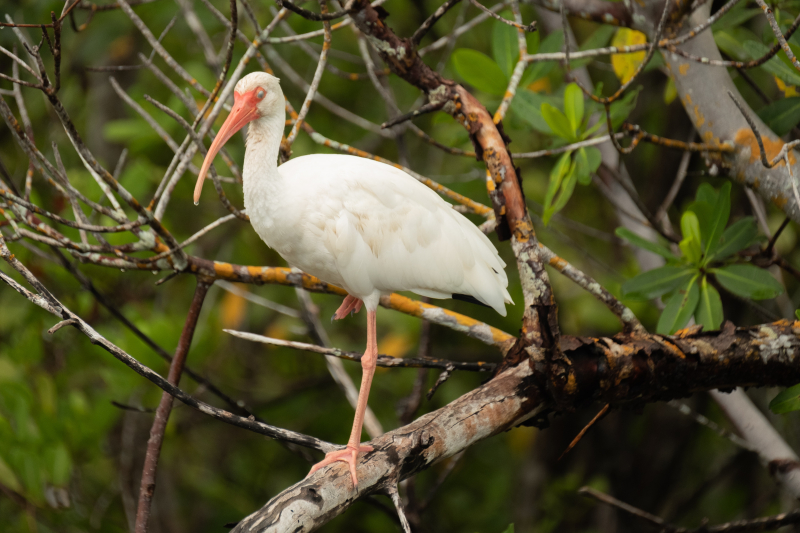
Photo by David Cashbaugh on Unsplash -
Kanha National Park, located in Madhya Pradesh in the Central Indian Highlands, is better known for its wildlife diversity, particularly tigers and leopards. However, because KNP is so large and well-protected, birds of all feathers congregate here during migration, and many others have made these forests their home. The national park and buffer zone cover nearly 2000 square kilometers, which is larger than New Delhi and Mumbai combined! Almost 300 bird species are found here, accounting for more than 25% of the total species found in India. This alone makes KNP an important birding destination.
There are common birds such as egrets, storks, herons, bee-eaters, many species of birds of prey, nocturnal birds such as owls and nightjars, and vultures. There are a few rare birds that you might see if you're lucky, such as various types of Paradise Flycatchers, black hooded orioles, scarlet minivets, Hornbills, and so on. The best time to visit the sanctuary is during the winter, when the weather is cooler and migratory birds from cold northern countries are present.
Obviously, the number and variety of birds vary with time in any forested area where many migratory birds can be seen. Surprisingly, a fortnight's visit to Kanha National Park yields more than 100 bird species. Although Kanha Park is famous for the king of the jungle, the tiger, which rules the ground, birds also excel in the sky domains surrounding Kanha.
Location: Madhya Pradesh
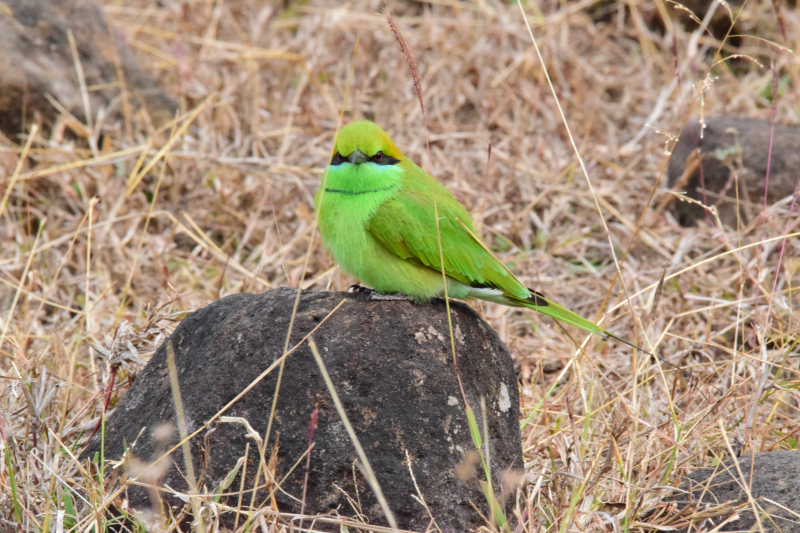
Photo by Nilesh S on Unsplash 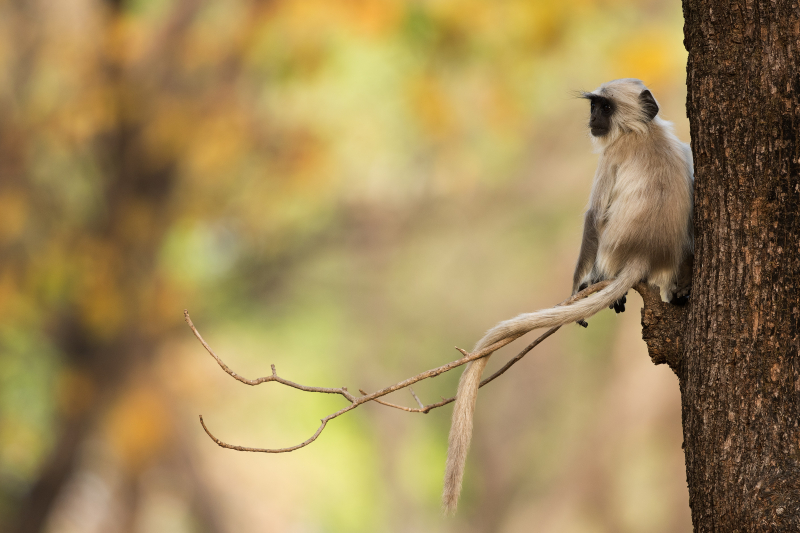
Photo by Vincent van Zalinge on Unsplash -
The Falkland Islands are an unrivaled bird-watching destination. The natural world takes precedence here, and humans far outnumber visitors. This Southern archipelago off the coast of Argentina is home to over 200 different bird species, including five different species of penguins. Gentoo, Rockhopper, Macaroni, and Magellanic penguins can all be found on the islands, but the King Penguins are the most well-known and impressive. Their colony, which stands nearly a metre tall and is remarkably accessible from the island's main township of Stanley, is a sight to behold, especially when the fluffy brown chicks are present.
Aside from penguins, the birdlife of the Falkland Islands is diverse and fascinating to even the most inexperienced bird watcher. Black-brow albatross swoop into their Cliffside nests, southern giant petrel fish in the choppy waters, rock cormorants land on the craggy coastlines rather comically, and upland geese and the endemic steamer ducks waddle around the islands in pairs. Weddell Island, in particular, is a bird-watching hotspot, with over 54 species identified there (the human population is as little as 2 in the quieter months). In between bouts of birding, you'll have plenty of other wildlife to look at, including seals, sea lions, dolphins, foxes, and even the occasional reindeer! If you are looking for best birding locations in the world, you certainly cannot skip the Falkland Islands.
Location: Antarctic Peninsula
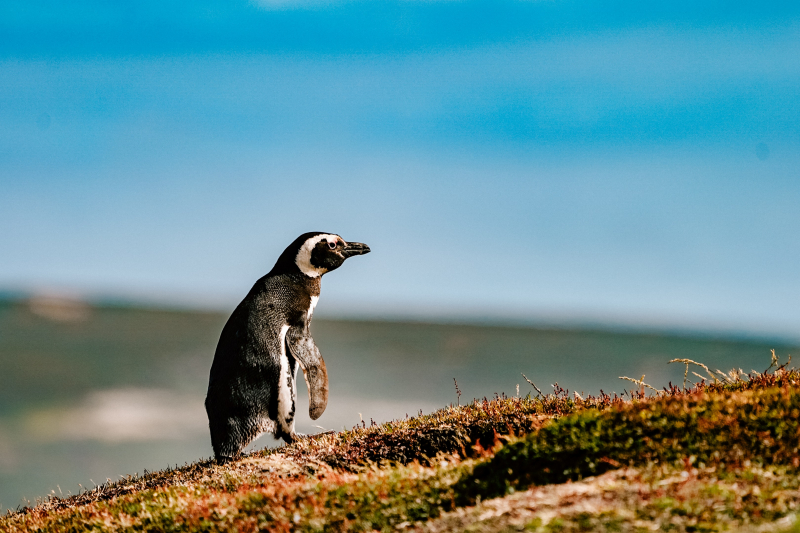
Photo by Rod Long on Unsplash 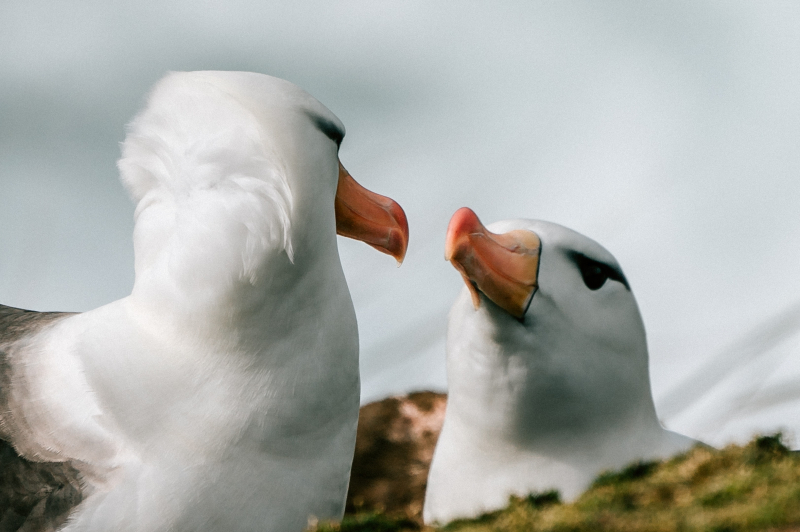
Photo by Rod Long on Unsplash -
The Isla Bastimentos National Marine Park is located in Bocas del Toro, one of Panama's most beautiful areas. The area is an archipelago of numerous islands, the largest of which is the island of Bastimentos. The national park is a wildlife lover's paradise both above and below the water, with sightings of caiman, crocodile, and an array of fish common for snorkelers, and one of Central America's best birding destinations in the canopies above, alongside sloths and monkeys.
Tranquilo Bay on the island of Bastimentos is a great place to stay and explore the area. This beautiful eco resort is not only a great place to get away from it all, but it is also ideal for people who want to explore the region's beautiful natural world, particularly bird watchers. You can spend your days among the canopies of the island, spotting an array of colorful feathers around you, thanks to the resort's own bird watching tower set in the midst of the resort's grounds.
Over 1,000 bird species have been recorded in the region, and if you stay at Tranquilo Bay, you have a chance of seeing 500 of them just from your time at the resort and on the daily excursions. From the Great Egret to the Swallow-Tailed Kite, the Lesser Nighthawk to the Blue-headed Parrot, you're bound to see something new.
Location: Panama
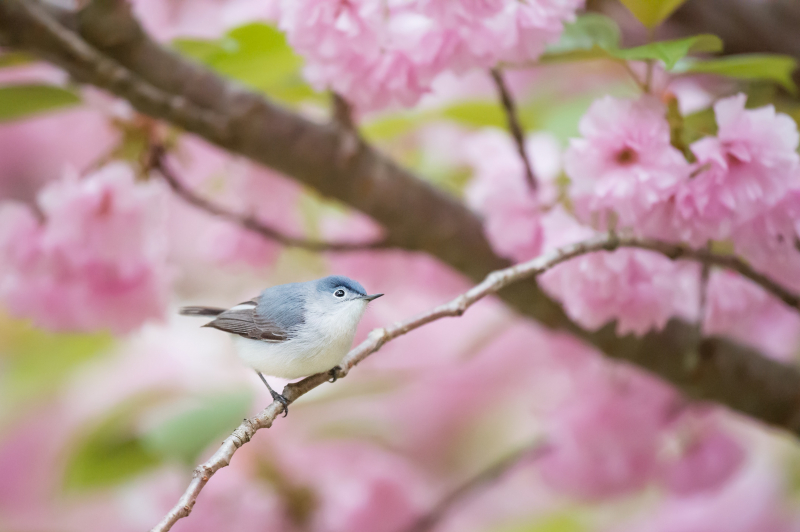
Photo by Ray Hennessy on Unsplash 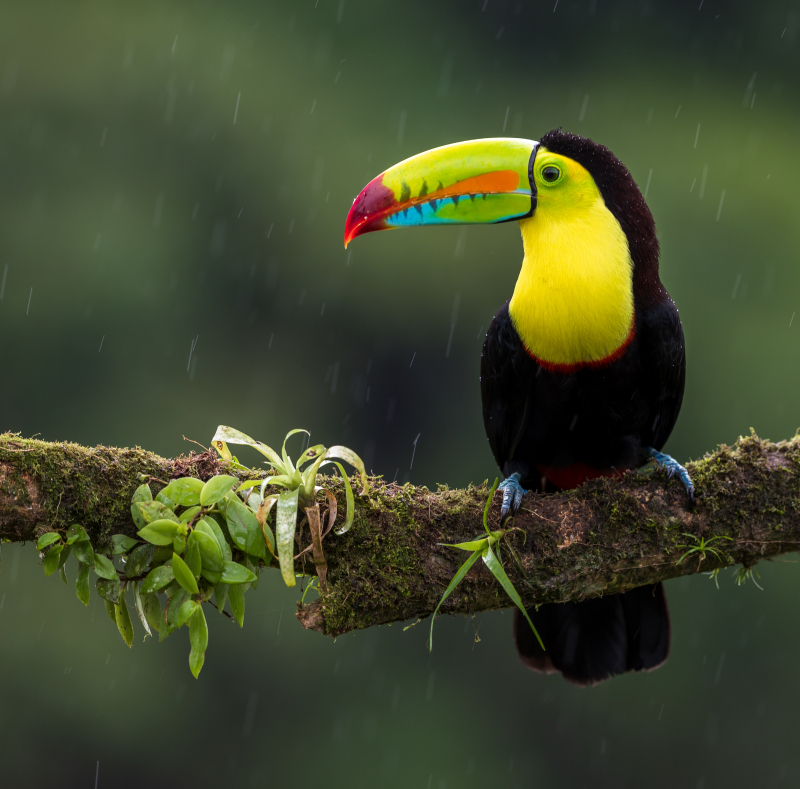
Photo by Ian Zdeněk Macháček on Unsplash -
The Danube Delta is Europe's new land, expanding by around 40 m2 each year. This remote and well-preserved corner of nature is an ideal habitat for wildlife. It has the world's third highest biodiversity, and humans continue to live here by following nature's laws and adapting to its demands. The only way to explore it is by boat, but a ride through these channels rich in flora and fauna will provide an unforgettable experience. You can rent a boat (quiet and small to avoid disturbing the animals) in Tulcea (the area's largest city) or one of the villages located in this water kingdom.
The Danube delta is heaven on earth for birdwatchers. Cormorants (including the rare Black pygmy cormorant), red-breasted geese, and white pelicans are among the birds to be seen here. It's enough to slide your finger across the channels to hear their sharp sounds and see them in the reeds. Large groups of ducks, geese, and swans will cross your path, and if you're lucky, you might see Dalmatian pelicans, Europe's largest birds. The Danube delta is home to over 330 bird species and hosts migratory birds during the winter. Bring your camera because there will be many surprises.
Location: Romania
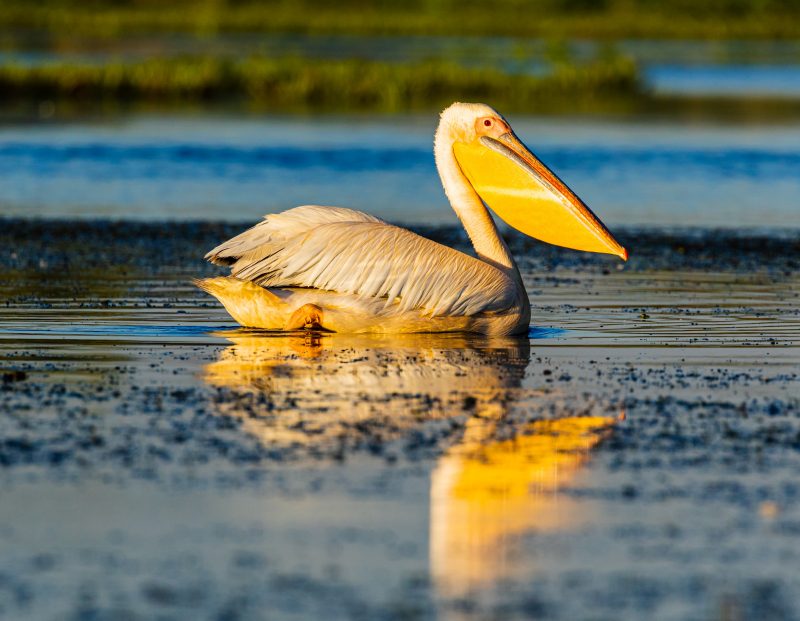
Photo by Zdeněk Macháček on Unsplash 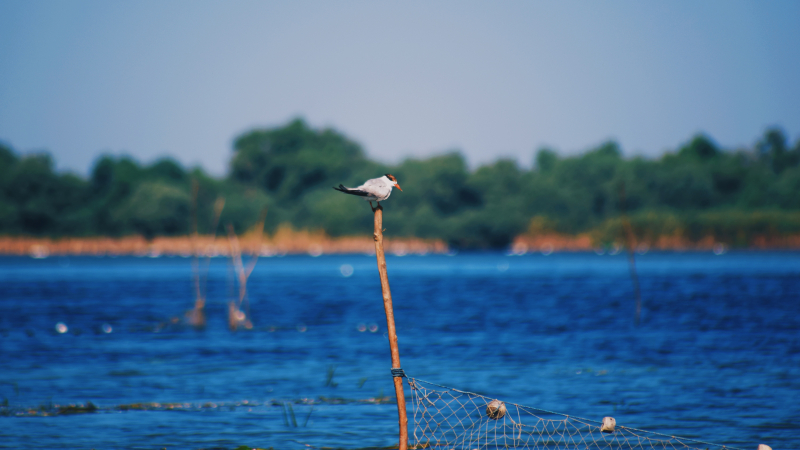
Photo by Stefan Cosma on Unsplash

















